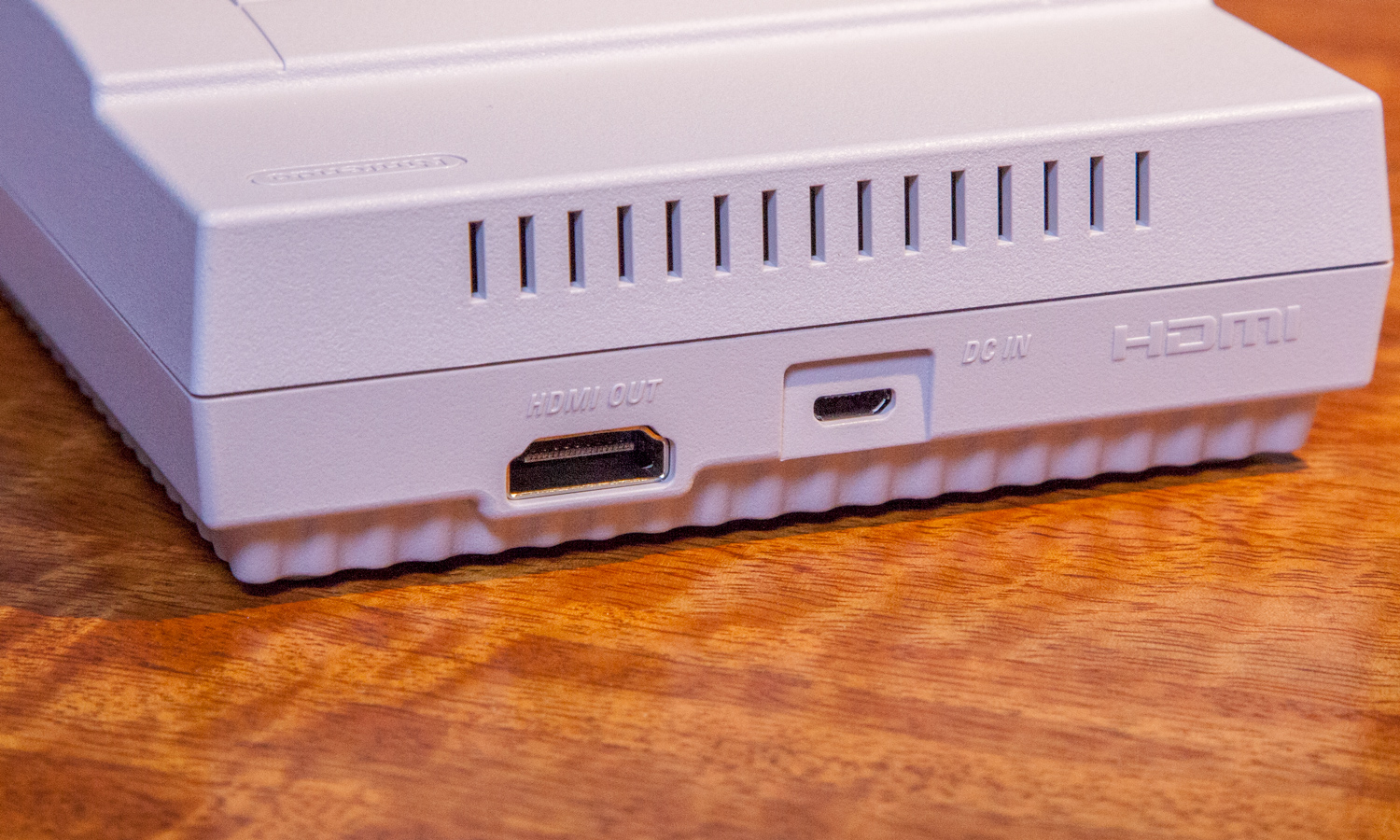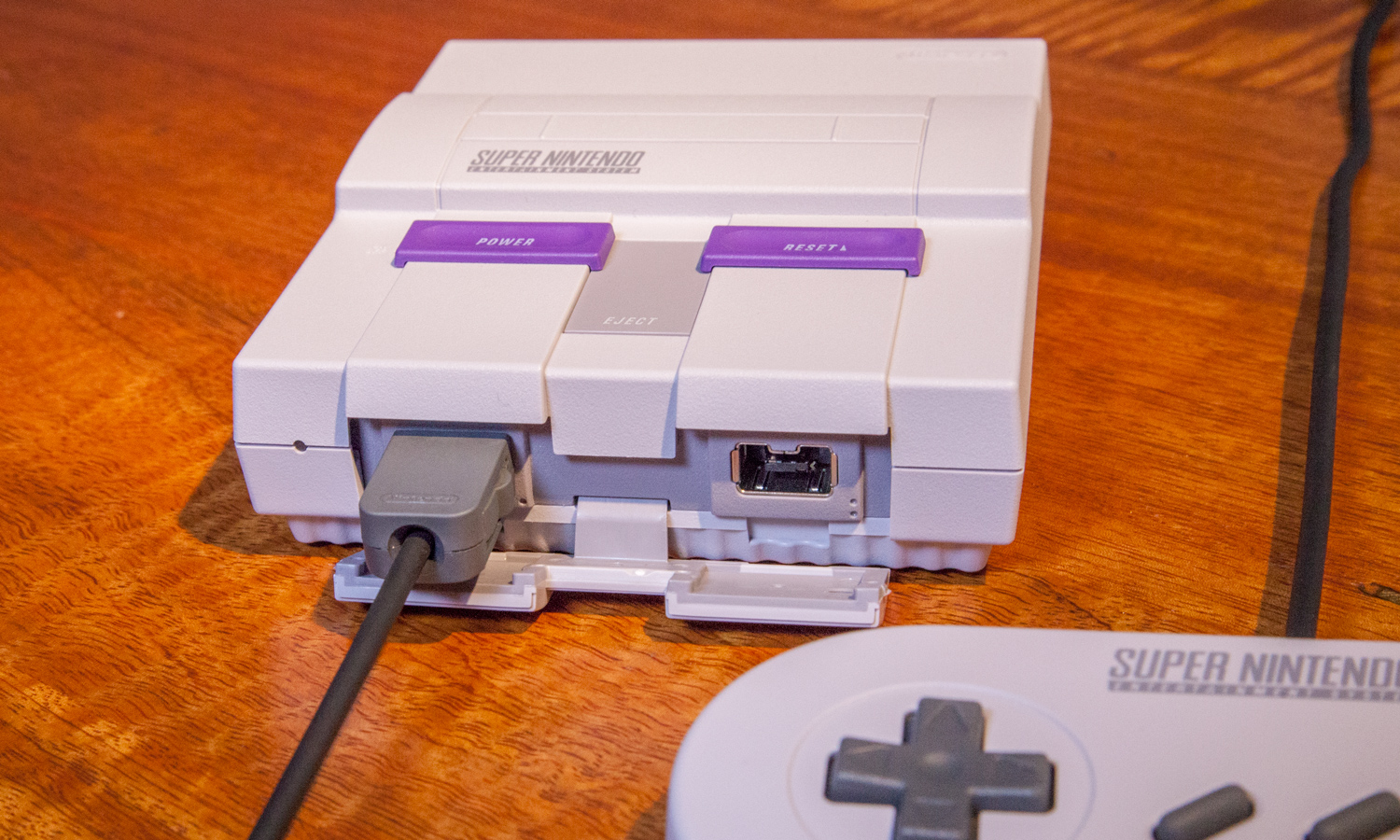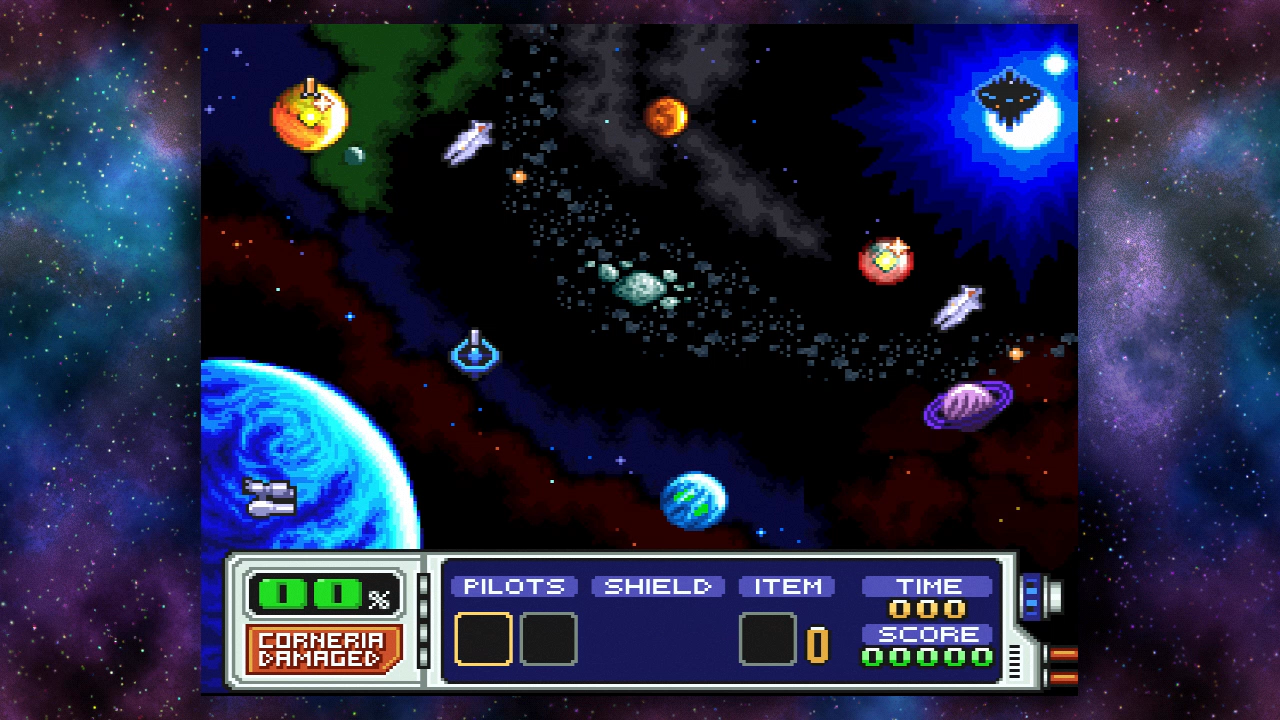Tom's Guide Verdict
The SNES Classic Edition features a stellar game library at a great price, though it's bogged down by some hardware issues.
Pros
- +
Stellar game library
- +
Well-crafted hardware
- +
Includes two controllers
Cons
- -
Controller cables are way too short
- -
Switching games is cumbersome
- -
Rewind feature is a little clunky
Why you can trust Tom's Guide
At its best, the SNES Classic Edition is magical. Nintendo's latest retro console packs some of the greatest games of all time into a charming $80 box, which immediately transported me back into my gleeful childhood days of marathoning Super Mario World, Donkey Kong Country and Street Fighter II in my parents' basement.
It's also a painful reminder of how far modern consoles have come, as the SNES Classic has annoyingly short controller cables and some puzzling design quirks. The system's stellar old-school games ultimately outshine its flaws, but you'll have to deal with some decidedly old-school inconveniences in order to enjoy them.
What's Old Is New (And Much Smaller)
It's hard not to smile when you first hold the SNES Classic in your hand. This palm-sized replica of Nintendo's beloved console retains the same iconic white-and-purple design, but crams it into a charming 4 x 3-inch package that you can easily throw into a bag or sneak into your entertainment center.
Most of the system's key details have carried over from the original console, including the sliding power and reset buttons, which work exactly how they used to. (Naturally, the cartridge slot and eject button don't do anything this time around.)
It's hard not to smile when you first hold the palm-sized SNES Classic in your hand.
The back of the console houses an HDMI port and a micro USB port for power, while the front features two controller slots, which are covered up by a flap that emulates the look of the original SNES game-pad ports. While the flap adds an extra step to plugging in your controller, it pops open pretty easily and helps the system look extra-authentic when it's sitting idly under your TV.

Then there's the controller, which instantly turned me back into a wide-eyed, Nintendo-addicted child the moment I held it. This re-creation of the classic SNES game pad is painstakingly faithful to the original, down to the rubbery select and start buttons and its unique mix of convex/concave face buttons.
There's just one problem — the wires are still too damn short.
Best of all, you get two controllers out of the box, making it easy to enjoy multiplayer titles such as Super Mario Kart and Contra III with a friend right away. The classic SNES controller is roughly the same size as the original and was still pretty comfy, save for some minor cramping in my hands while I mashed away at Street Fighter II.
Get instant access to breaking news, the hottest reviews, great deals and helpful tips.

There's just one problem — the wires are still too damn short. While the SNES Classic's 5-foot controller cables are about 2 feet longer than those of the NES Classic, they still were way too puny for me to enjoy the system from my couch. As a result, I had to pull up a chair or sit on the floor with my face all but glued to the TV, which made me feel nostalgic, but was not exactly comfortable.
Perhaps it's a good thing that you have to sit so close to the SNES Classic, because there's no way to access the system's home screen from the controller. If you want to switch games or change some settings, you'll have to get up and hit the console's reset button. Again, this hearkens back to a day when we had to swap out cartridges (and pray that they actually worked) if we wanted to play a different game, but it's yet another facet of retro gaming that I'd rather leave in the past.

Fortunately, the SNES Classic works with any controller that uses Nintendo's proprietary U-shaped connector, and I was able to circumvent the home button issue by plugging in a Wii Classic Controller Pro (though using it on the SNES felt kind of wrong). You can also buy a third-party pad such as Nyko's $20 Super Miniboss, which offers both wireless functionality and a home button, or pick up an $11 set of extension cords. While it's nice to have these extra options, it's a bummer that you'll have to pay extra to solve the SNES Classic's two biggest problems.
Playing with Super Power
While the SNES Classic's hardware has some quirks, its 21-game library is almost universally stellar. All-time classics such as Super Mario World, The Legend of Zelda: A Link to the Past and Donkey Kong Country feel just as great now as they did 20 years ago, and games I missed out on as a kid, such as Secret of Mana and Super Castlevania IV, were a delight to play.
Nintendo did an excellent overall job distilling the SNES' greatest hits into a single package.
With iconic platformers such as Yoshi's Island and Mega Man X, arcade classics like Street Fighter II Turbo, and engrossing role-playing games like Final Fantasy III, there are very few games on the SNES Classic that I'm not aching to go back to. I could have done without Kirby's Dream Course (a silly but entertaining golf game) in favor of, say, Super Mario All-Stars, but Nintendo did an excellent overall job distilling the SNES' greatest hits into a single package.

Not every game lived up to my childhood memories, however. Super Mario Kart feels messy compared to newer installments, and while I had fun revisiting Star Fox, the game's smudgy polygons and chuggy frame rate serve as a reminder that the SNES wasn't exactly designed for 3D space shooters.
MORE: SNES Classic Edition: Everything You Need to Know
That brings me to Star Fox 2, a never-before-released sequel that will likely be the system's major selling point for hardcore Nintendo fans. While I'm not enough of a Star Fox buff to say whether it does the series justice, I can say that it features some captivating, forward-thinking concepts.
Star Fox 2's unique blend of strategy and action feels way ahead of its time for a game meant to have launched in the mid-'90s.
Instead of fighting through a linear set of levels, you pick and choose your battles via a dynamic galaxy map that forces you to decide between attacking enemy strongholds and defending your own mothership. Whereas Star Fox 1 offers big, open levels, Star Fox 2 focuses on visceral dogfights, and allows your ship to morph into a ground-based walker — a feature later revisited in 2016's Star Fox Zero.

Star Fox 2's unique blend of strategy and action feels way ahead of its time for a game meant to have launched in the mid-'90s. I can see why Nintendo scrapped it — the game really feels like it's pushing the limits of the SNES hardware — but it's a fascinating and fun piece of Nintendo history that makes a nice bookend to the SNES Classic's fantastic library.
Bonus Stage
The SNES Classic’s interface is clean, colorful and snappy. You can sort games by filters such as name, release date and most played, and switching between titles and loading different save states is blissfully instantaneous.
The console offers three visual modes: a modern-looking 4:3 mode, a charming CRT mode that replicates the scan lines of your old tube TV and a "pixel perfect" mode that aims to be as true to the original SNES as possible. You can also select from a handful of fun borders that add some flair around your game screen. In some cases, the borders even change color based on the in-game action.

You can set the SNES Classic to automatically cycle through gameplay demos when you leave it idle, either from your own saved games or from Nintendo's demo reels. This is one of my favorite things about the system, and I often left the console on just to have a little nostalgic glow in the background while I putzed around my apartment.
MORE: SNES Classic vs. NES Classic: Which Retro Console Is For You?
As with the NES Classic, you can save your progress at any moment by creating up to four "suspend points" per game that you can pick back up at any time. And now, thanks to the SNES Classic's new Rewind feature, you can rewind those suspend points by up to a minute in order to retry particularly challenging sections without having to start all over.
While Rewind came in handy during some punishing boss fights in Mega Man X and Super Castlevania IV, the process of using it is a bit clunky. You can rewind only once you've created a suspend point, and you can create a suspend point only by getting up and hitting the reset button. This felt especially cumbersome after playing Capcom's recently released Disney Afternoon Collection, which lets you rewind at any moment (and go much further back) with the click of a button.
Bottom Line
Is the SNES Classic Edition riddled with inconveniences? Yep. And do I wish I could just have all of these games on my Nintendo Switch? You bet. But there's no denying that Nintendo's new retro console is a stellar value at just $80, as you get more than a dozen of the greatest games of all time, two controllers and an exclusive piece of playable Nintendo history in Star Fox 2.
If you don't feel like hunting down an SNES Classic, you can buy many of the same games a la carte on your New 3DS, New 2DS or Wii U for $8 a pop. But there's something special about having a curated collection of the SNES' best games and getting to play them on a charming, nostalgic piece of hardware.
Despite some strange design decisions, the SNES Classic's phenomenal game library ultimately makes this system worth the cash — assuming you can actually get your hands on one this time around.
Credit: Shaun Lucas/Tom's Guide
Mike Andronico is Senior Writer at CNNUnderscored. He was formerly Managing Editor at Tom's Guide, where he wrote extensively on gaming, as well as running the show on the news front. When not at work, you can usually catch him playing Street Fighter, devouring Twitch streams and trying to convince people that Hawkeye is the best Avenger.


